This achievement is thanks to the determination, solidarity and consensus of the Party Committee, the government and the people in developing a multi-sector and multi-sector economy. In particular, the marine economy stands out. Over the past 5 years, the fisheries sector of Ca Na commune has maintained and developed in all 3 aspects: Number of vehicles, conversion to increase the capacity of ships and boats (in the direction of long-term offshore fishing associated with protecting sovereignty over seas and islands), increasing seafood exploitation output, focusing on aquaculture, shifting towards small-scale processing industry. From there, it plays a key economic role. The average growth rate of the fisheries production value in the period of 2020-2025 is over 8.9%. Every year, the fisheries sector contributes 99% of the total production value of agriculture, forestry and fishery of the commune and contributes quite a lot to the fisheries production value of the whole district. By the end of 2024, the entire Ca Na commune will have 305 ships with a total capacity of 89,875 horsepower; the output will be 34,900 tons, an increase of 29% compared to 2020. The entire commune has 37 teams and groups united in exploiting offshore seafood, contributing to promoting stable and sustainable production development associated with protecting the ecological environment and protecting the sovereignty of the homeland's seas and islands.
Currently, Ca Na commune still maintains an aquaculture area of 6 hectares. Thanks to the focus on farming quality, the commercial shrimp output has reached 70 tons, an increase of 50 tons compared to before. Along with that, 37 post-larvae shrimp farms have sold more than 900 million shrimp.
The whole commune has about 2,400 livestock, mainly goats, cows and sheep, which are developed in accordance with local conditions. Livestock households focus on implementing synchronous veterinary measures, disease prevention and control to both improve efficiency and quality in the direction of commodity production and ensure the environment.
By 2025, agriculture, forestry and fishery will reach a production value (at 2010 comparative prices) of VND 1,888 billion, accounting for 58% of the production value structure of the industries.
The trade and service sector has developed diversely and vigorously with the participation of many economic sectors, especially retail goods, mechanical repair services, transportation, credit, postal services, telecommunications, etc. In addition to Phu Thinh market (Ca Na market), classified as a class II market with 80 stalls, in residential areas there are also about 40 grocery stores and convenience stores, selling a full range of goods, well meeting the shopping needs of the people. Banking credit services have initially developed with the presence of 3 branches of banks: Vietnam Investment and Development, Lien Viet and Nam A with a total outstanding debt of 2,564 billion VND, basically meeting the capital needs for production and people's lives, contributing to promoting local economic development.
In recent years, tourism activities in Ca Na commune have begun to develop with the formation of high-quality tourist areas with many types of tourism services to meet the needs of attracting domestic and foreign tourists and international tourists. In addition to Hon Co Tourist Area, the locality currently has 3 hotels, 24 motels and inns. From 2021 to present, there have been 40,913 domestic visitors and 1,947 foreign visitors coming to travel and work at restaurants and hotels.
Comrade Phan Thanh Son, Secretary of the Party Committee of Ca Na commune, said: Thanks to the effective combination of traditional industries with modern trade and services, the lives of Ca Na commune residents have been constantly improved over the years. The locality is continuing to develop a multi-sector economy, in which the marine economy is the driving force; promoting and developing industry and handicrafts in the direction of expanding scale, with industries such as repairing and building new ships, processing fish sauce, processing dried, frozen and exported fish; focusing on developing sea tourism services, fishing logistics services, services, trade, business, banking... striving to increase the average income of people to 85 million VND/person by 2030, the poverty rate will decrease by an average of 0.5% per year and become a type V urban area.
Ngoc Diep
Source: https://baoninhthuan.com.vn/news/152520p1c30/ca-na-phat-trien-kinh-te-da-nganh.htm


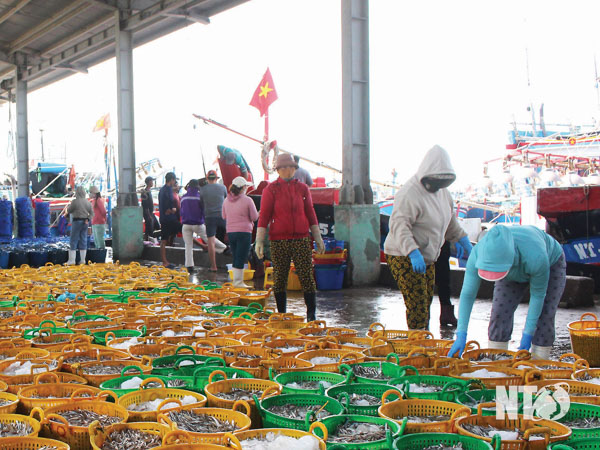




![[Photo] Prime Minister Pham Minh Chinh receives Chairman of Commercial Aircraft Corporation of China (COMAC)](https://vstatic.vietnam.vn/vietnam/resource/IMAGE/2025/4/14/93ca0d1f537f48d3a8b2c9fe3c1e63ea)
![[Photo] General Secretary and President of China Xi Jinping arrives in Hanoi, starting a State visit to Vietnam](https://vstatic.vietnam.vn/vietnam/resource/IMAGE/2025/4/14/9e05688222c3405cb096618cb152bfd1)
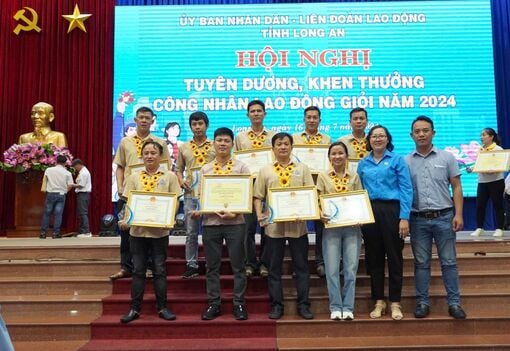


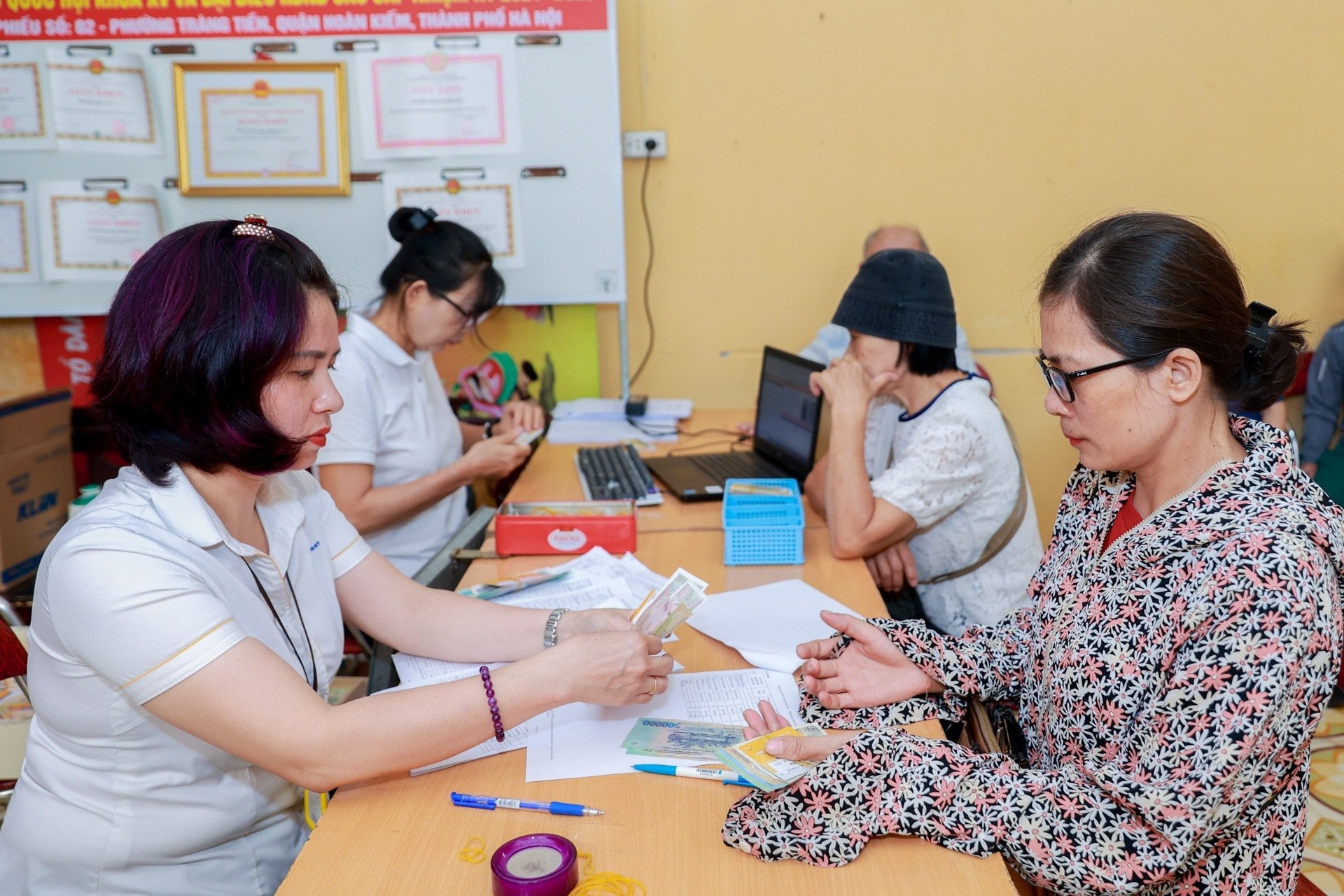
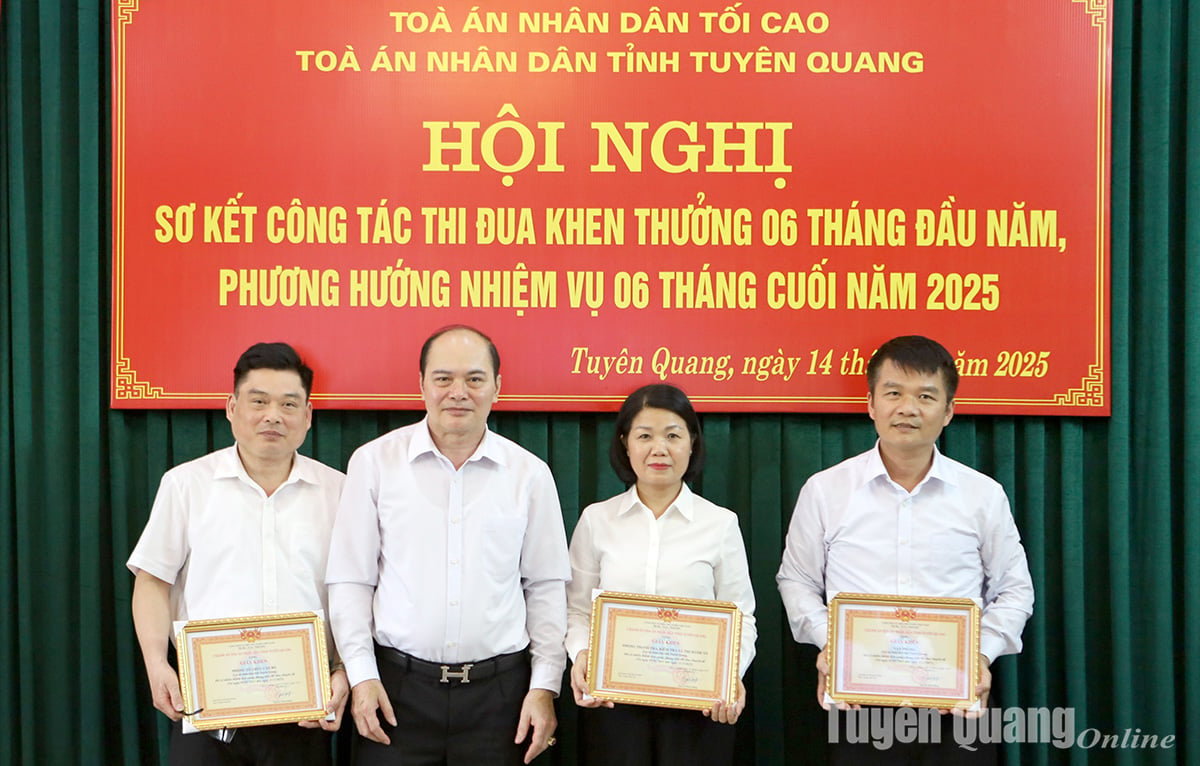
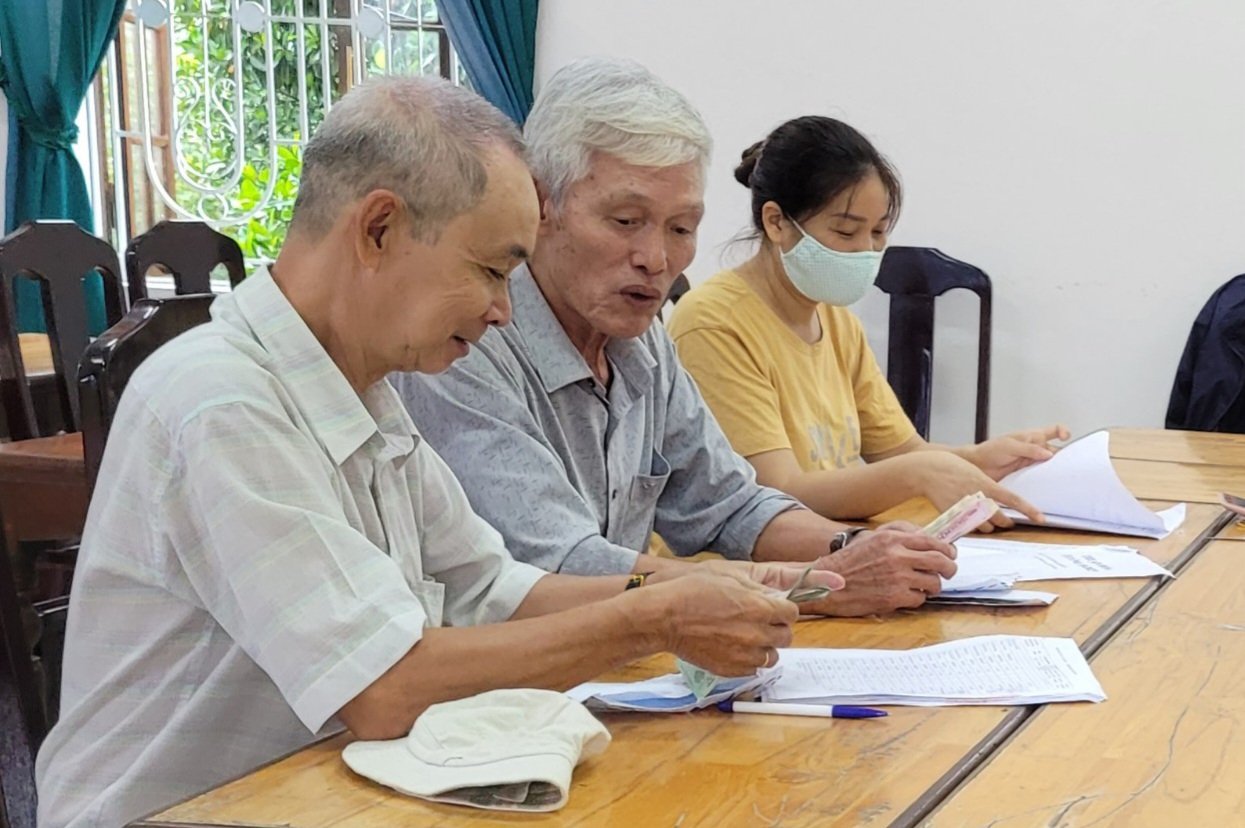


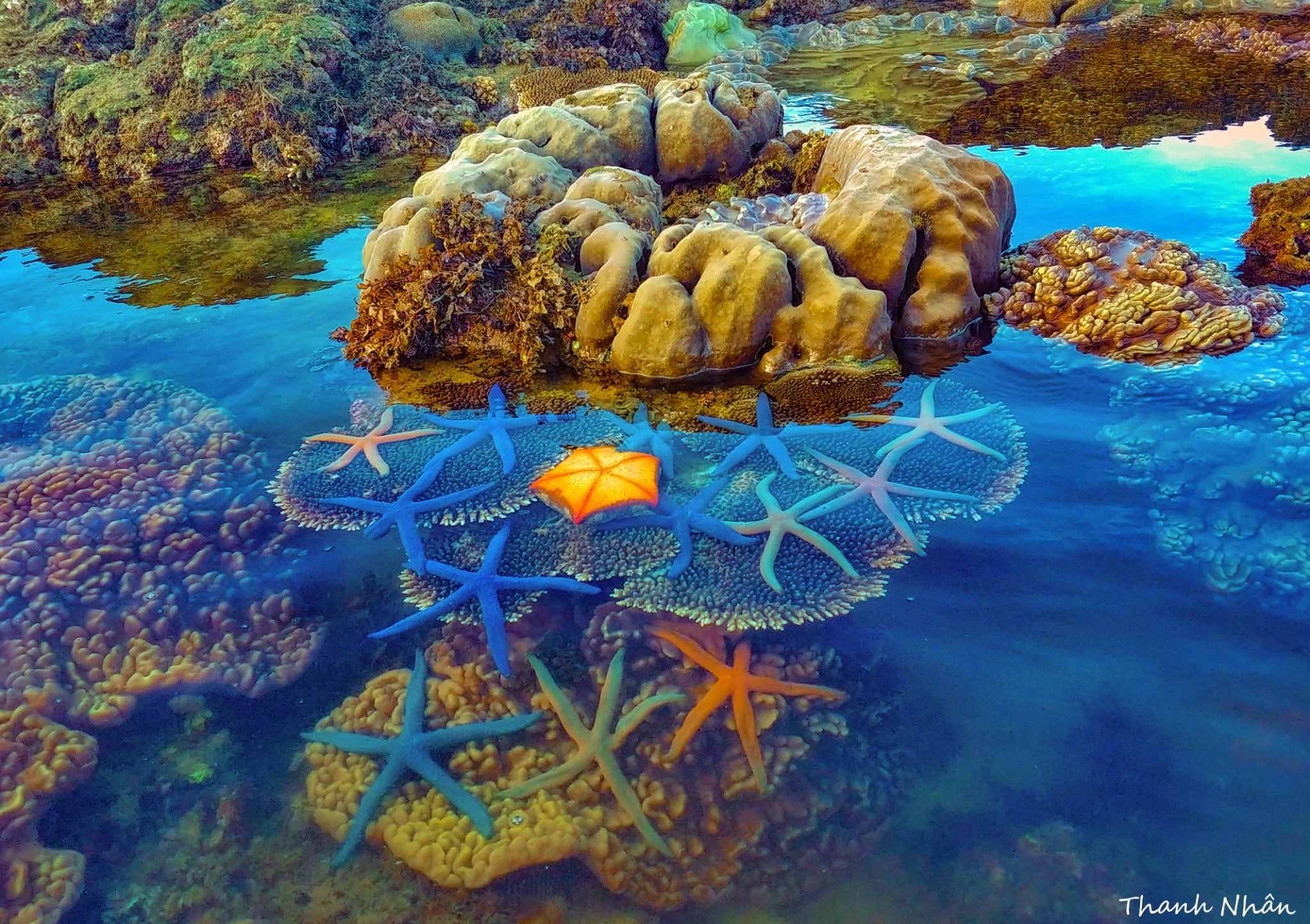

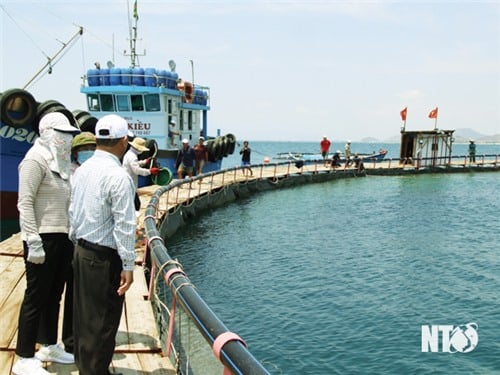
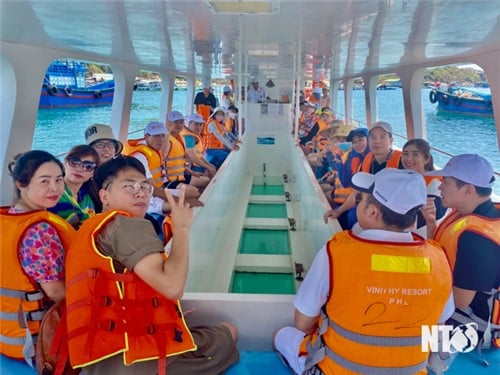
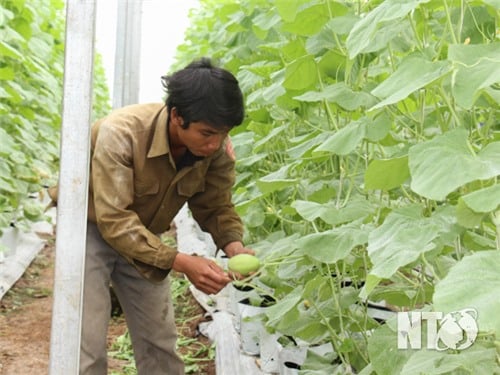

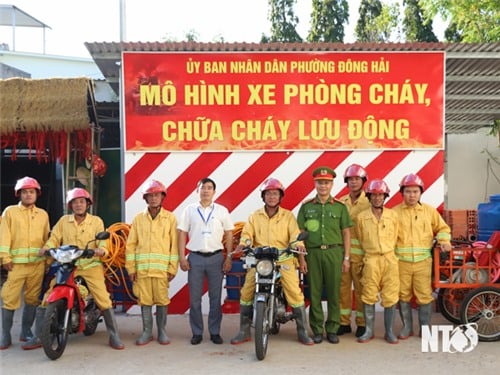




























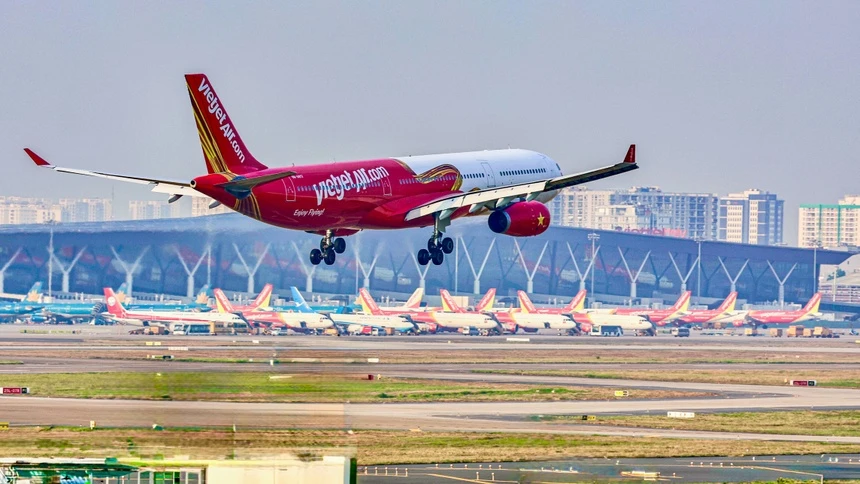





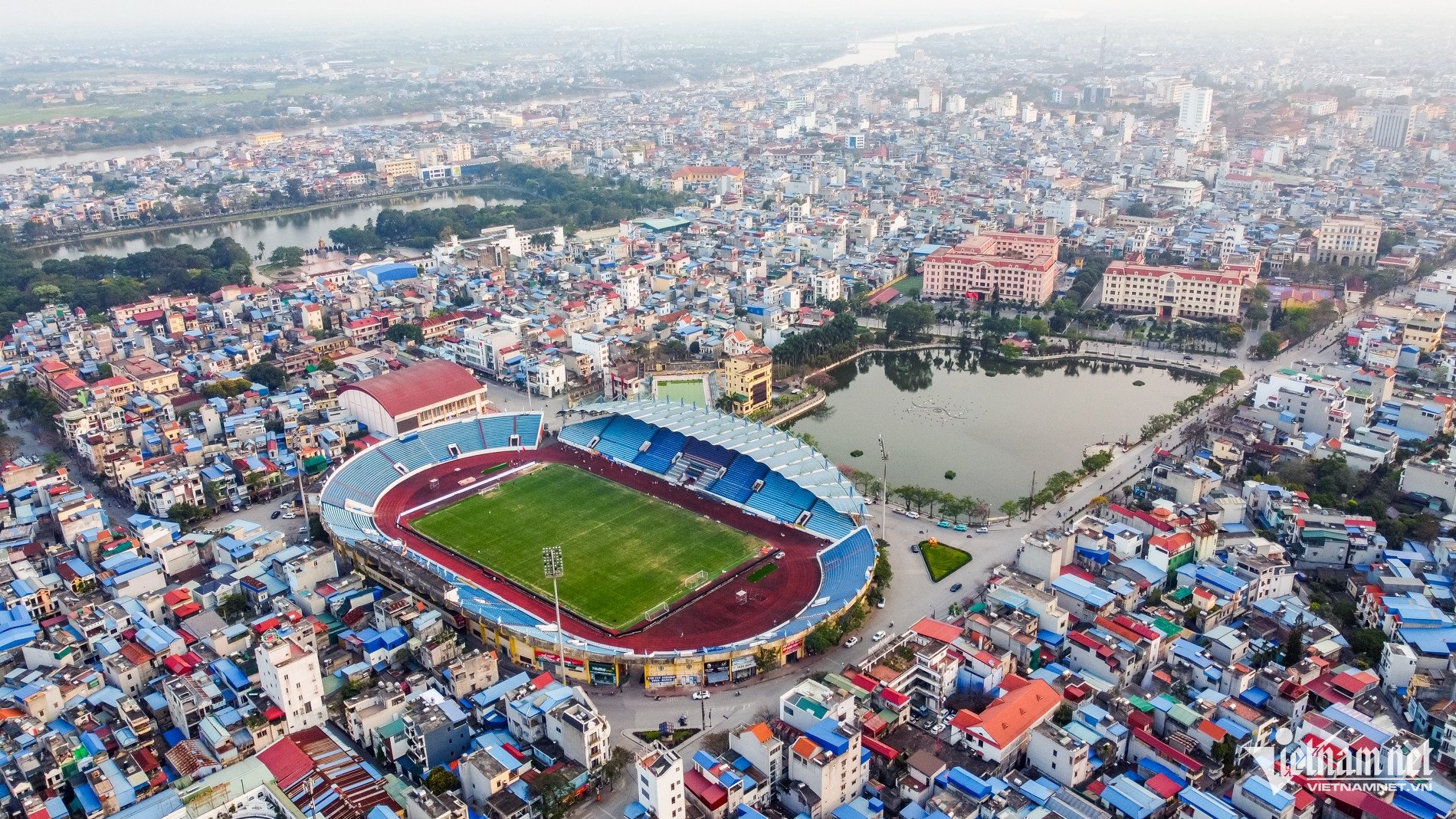

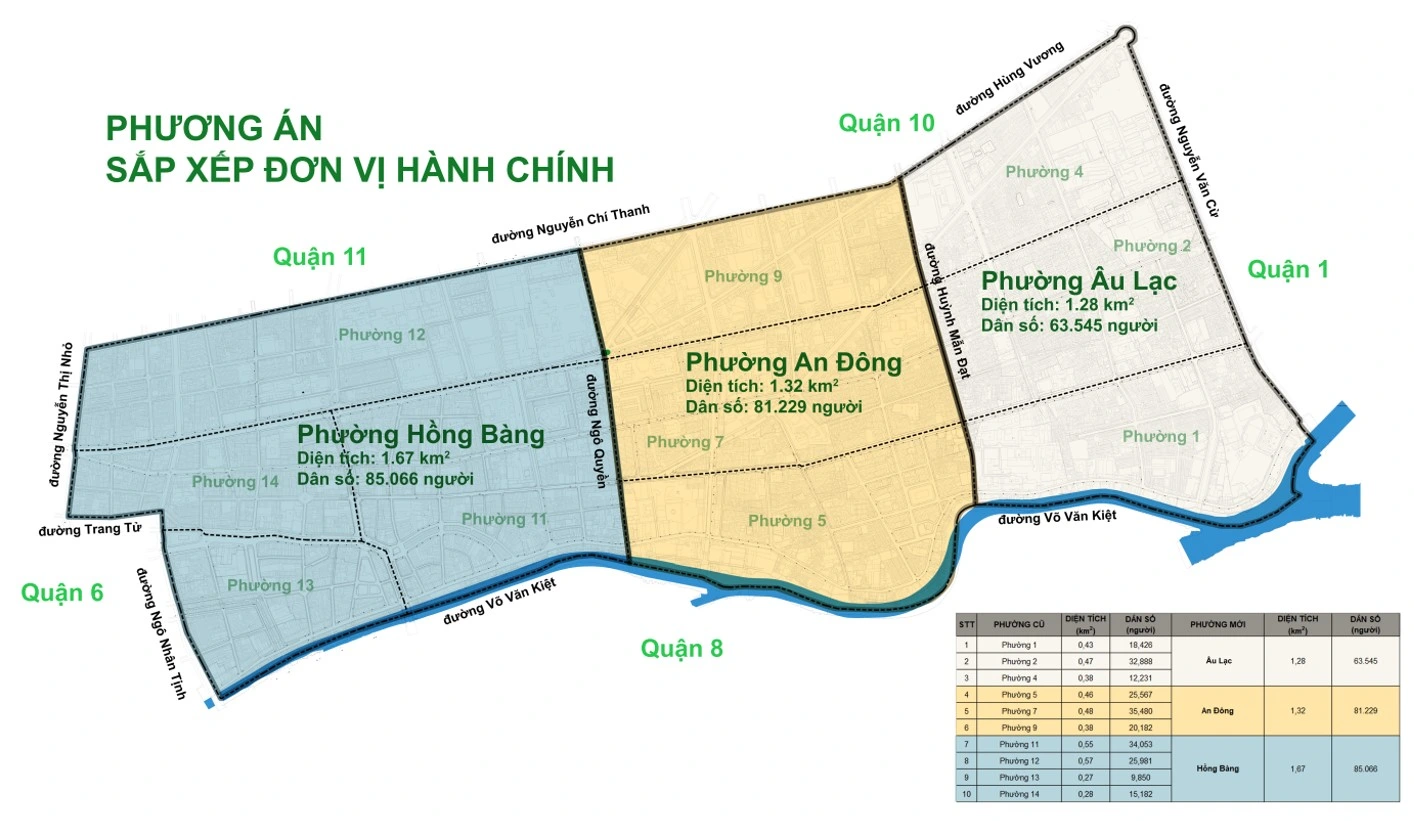








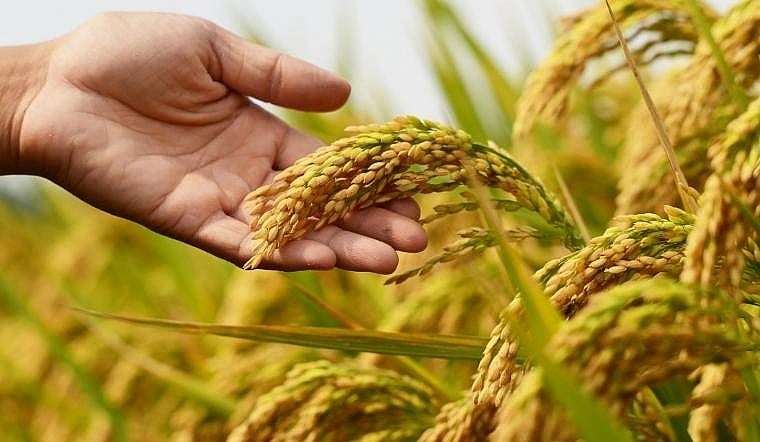
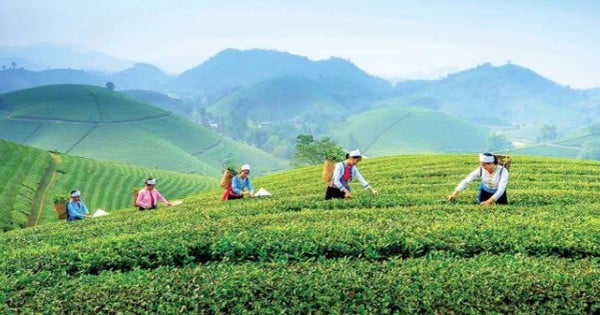



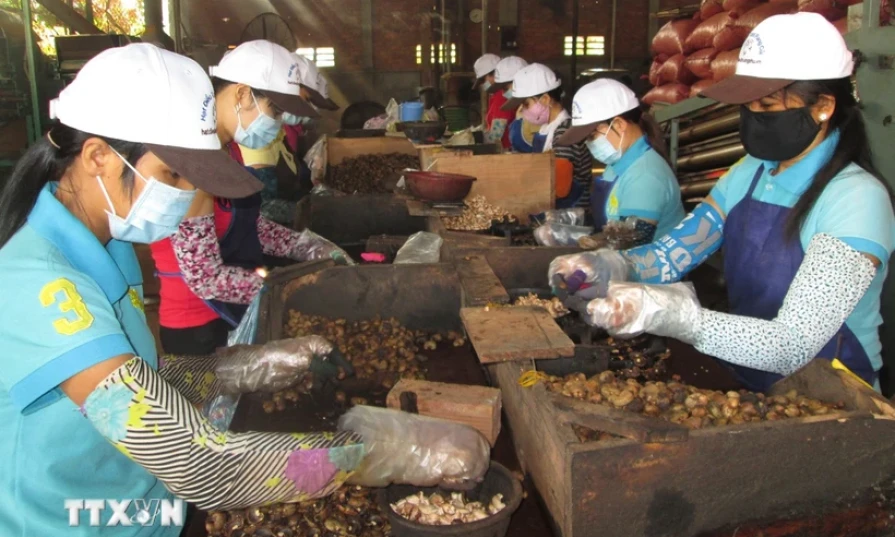

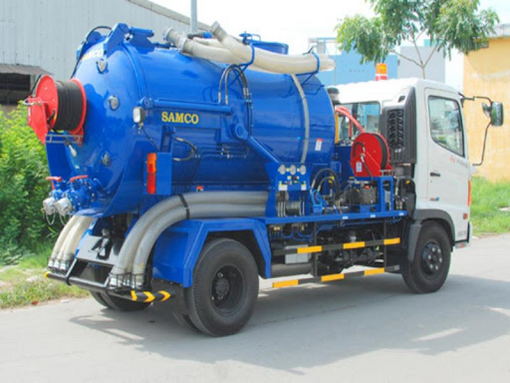


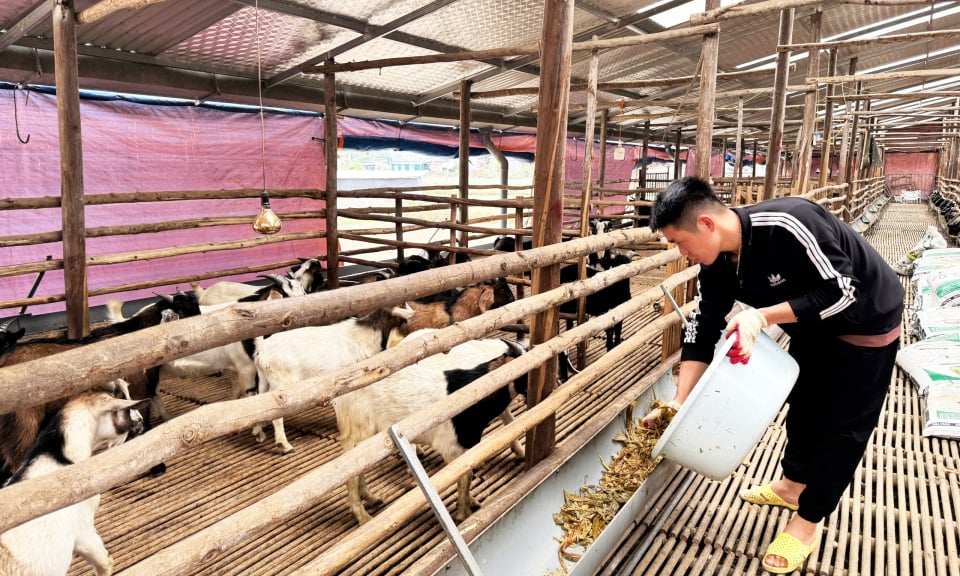









Comment (0)